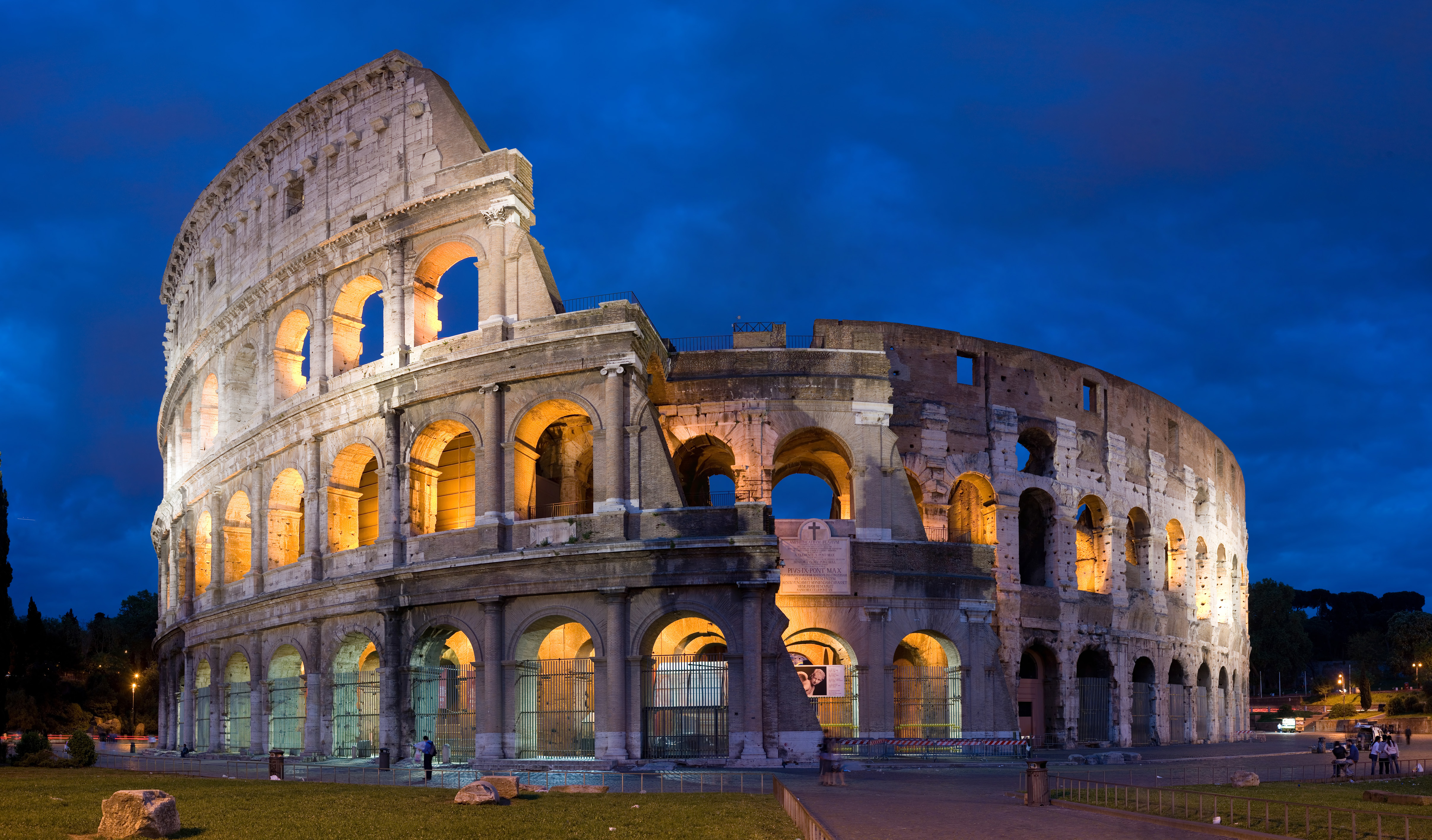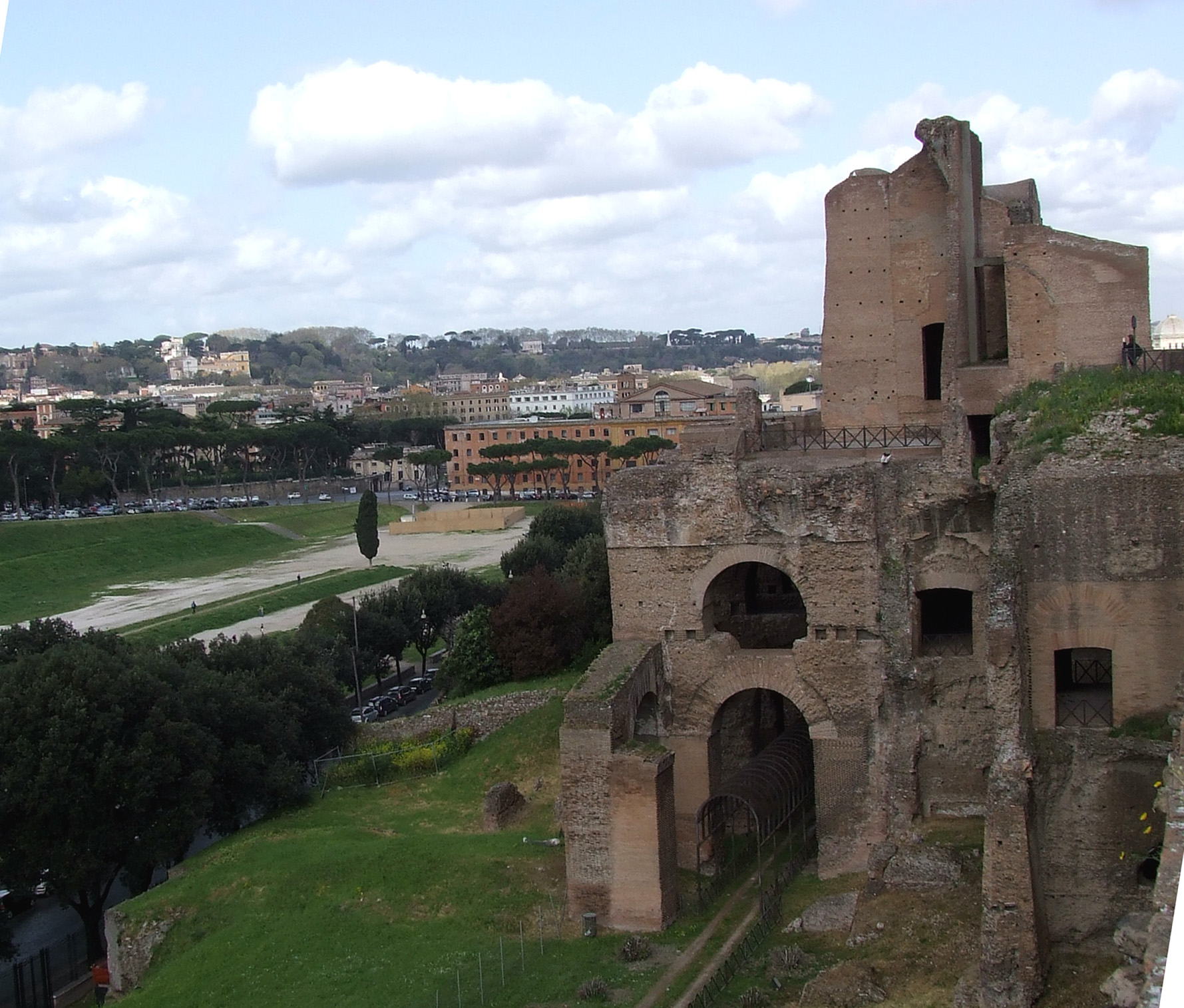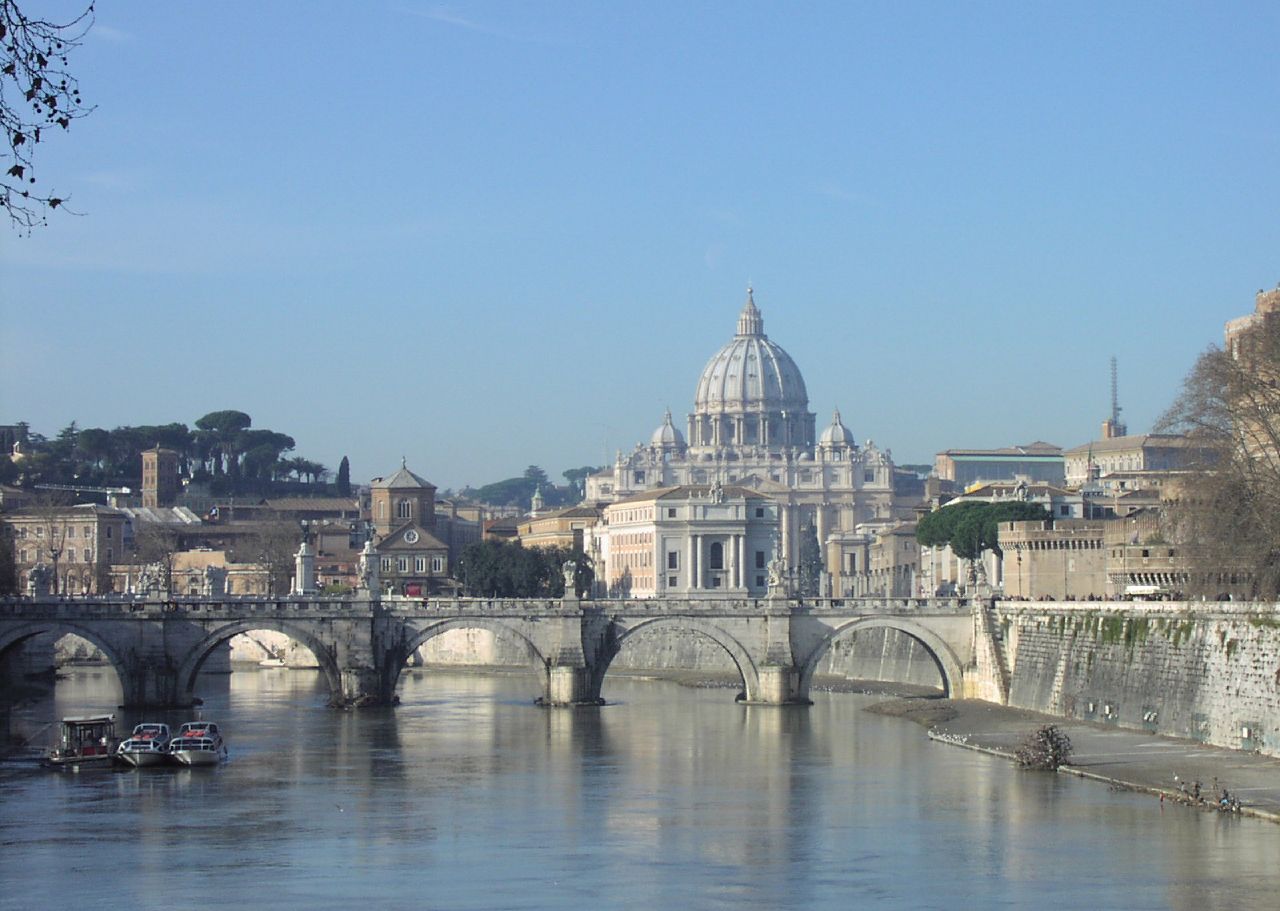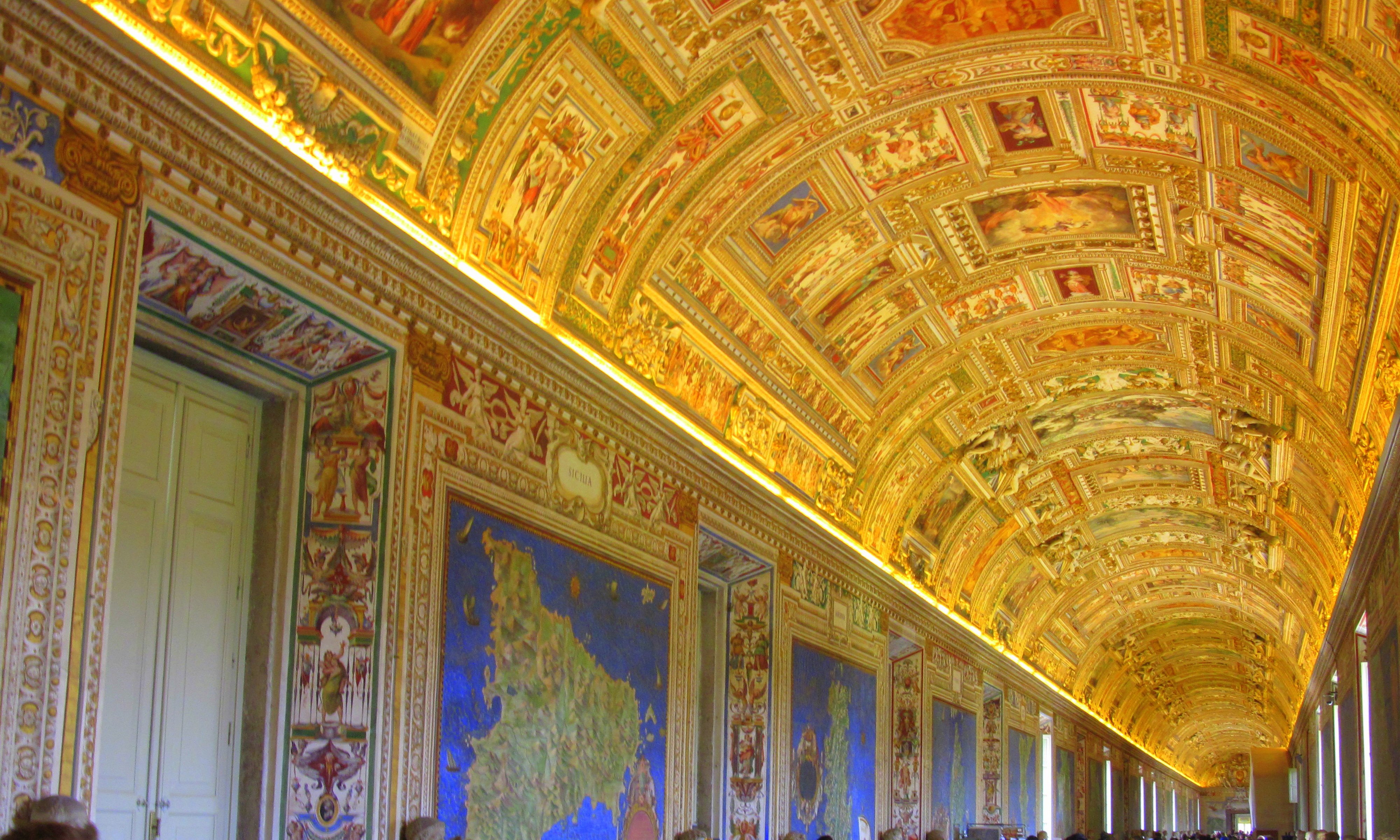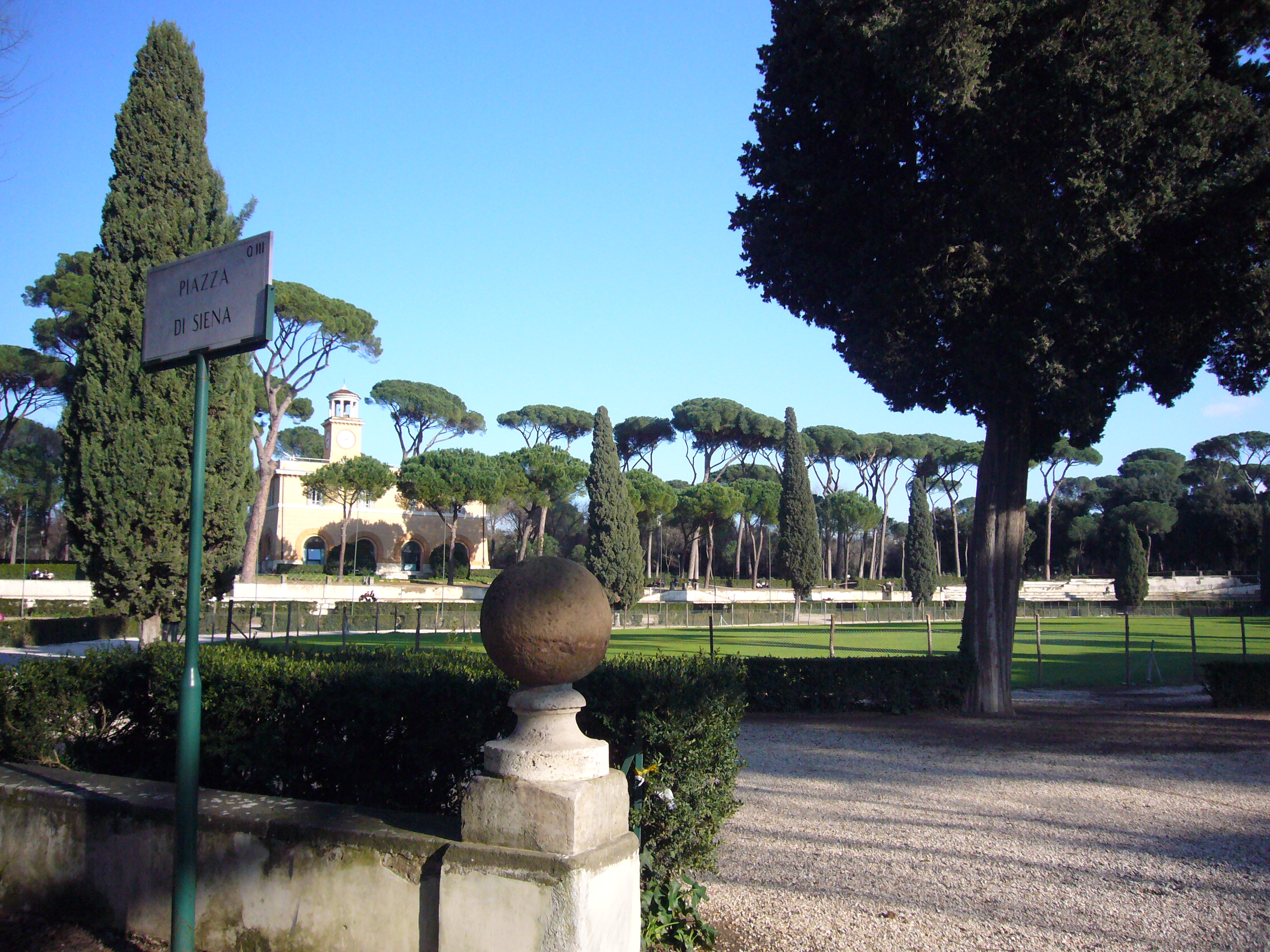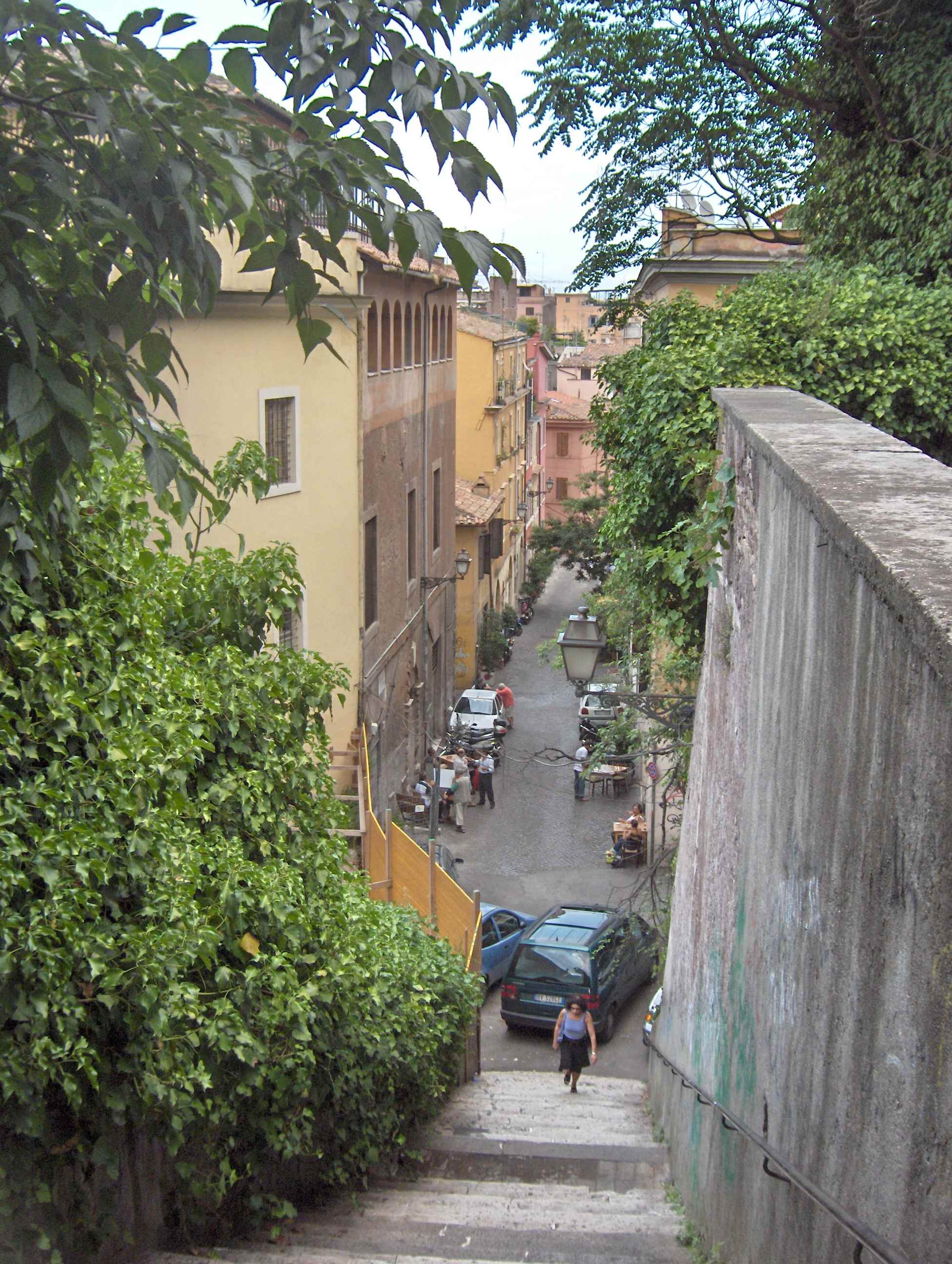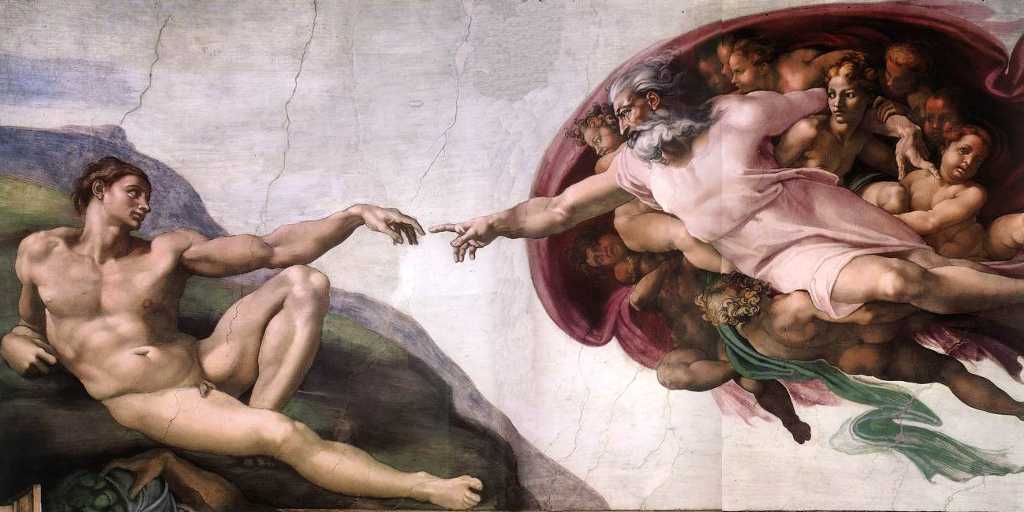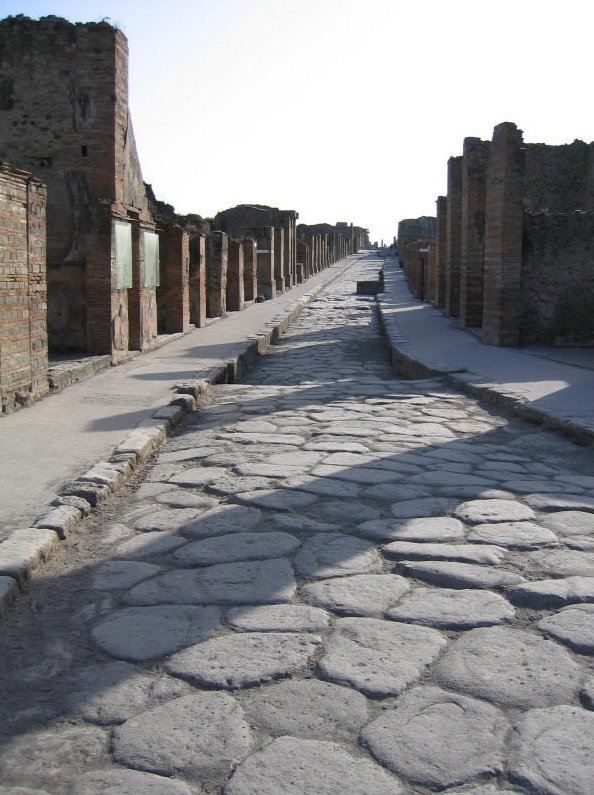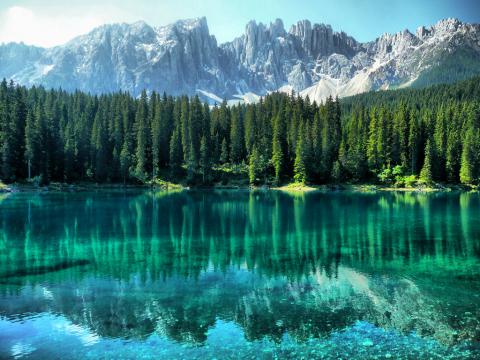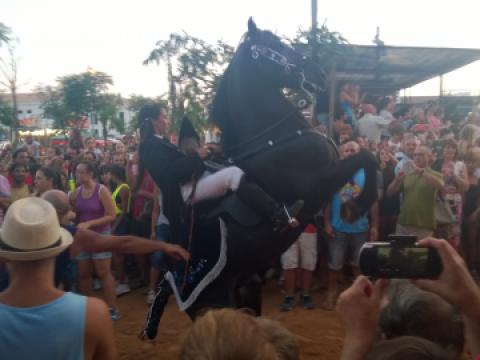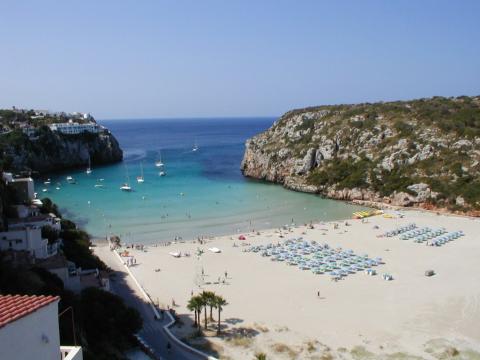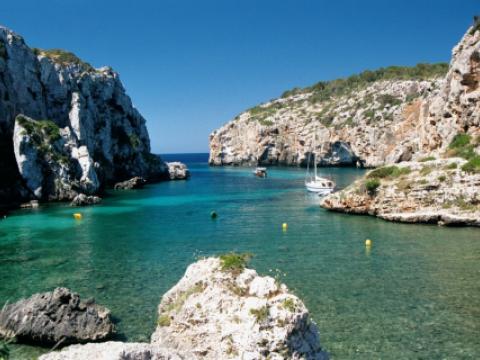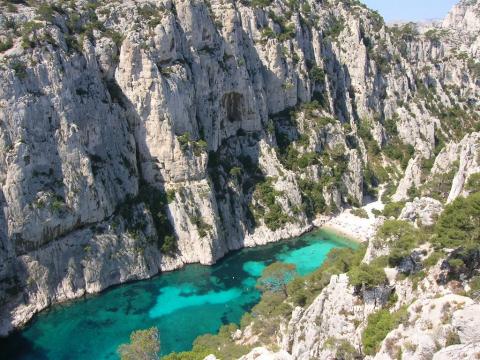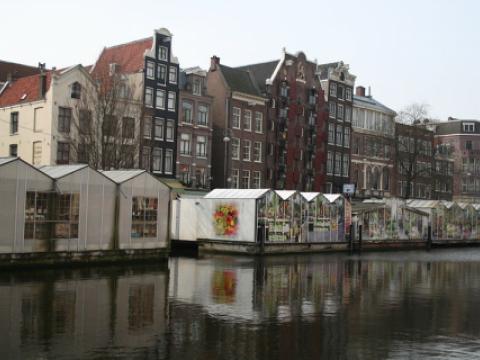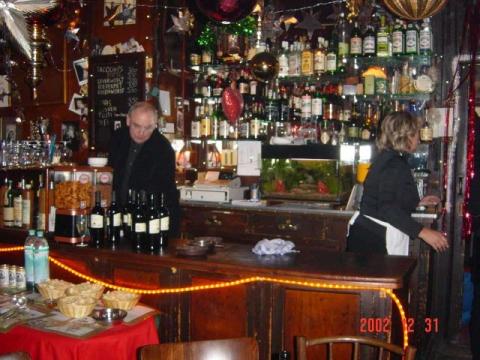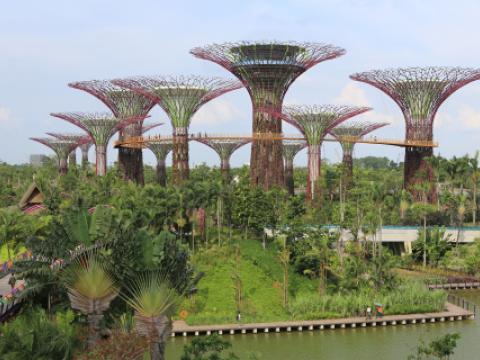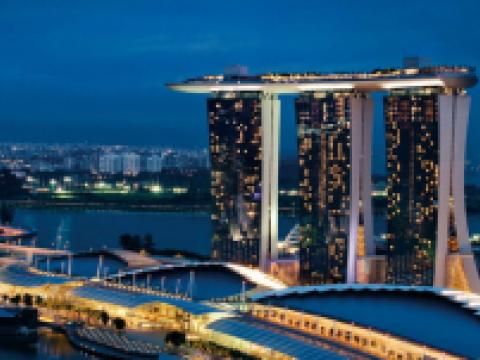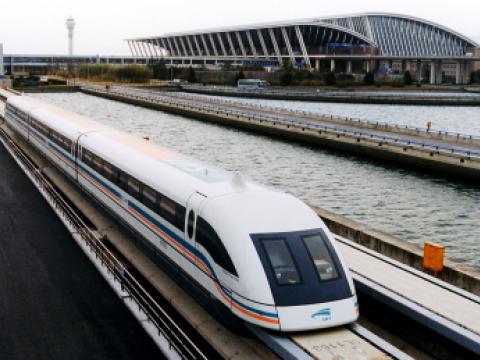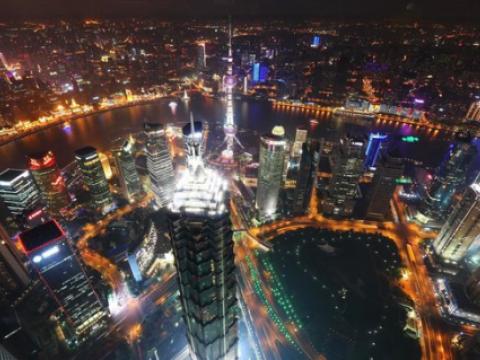Colosseum
Location
The greatest landmark of Rome, Colosseum, stands in the center of the city, defying the earthquakes, fires and thieves that tried to desecrate its structure. It has survived almost 2 millenniums of turbulent times and still looks magnificent.
Its construction started in the 1 century AD in the times of rule of emperors from the house of Flavian, thus the Colosseum is often called the Flavian amphitheater. Even today this theater is the largest structure of its kind in the world, but in the ancient times, the Colosseum was really a wonder, seating up to 50 000 spectators.
Palatino
Location
Palatino is one of the 7 hills of Rome and is considered to be the part where the original Rome was founded. According to Roman mythology, the Palatine Hill was the location of the cave, where Romulus and Remus were found by the she-wolf that kept them alive. Their grandfather had left them there to die. Recent excavations show that people have indeed lived there since approximately 1000 BC.
In the Roman times Palatino was Rome's most exclusive neighbourhood where the emperors lived in unabashed luxury. The emperor Augustus lived here all his life and some of the buildings from those times can still be seen, like the residence of Livia, the wife of Augustus.
St. Peters Basilica
Location
Contrary to popular belief, the St. Peter’s Basilica isn’t the mother church of the Catholic Church nor is it the residence of the bishop of Rome. However, this building is probably the most famous church in the world. It owes its fame to extraordinary design, modeled by no other than the great renaissance artists Michelangelo and Bernini. The iconic dome of the basilica is often seen on Rome postcards and is among the most memorable attractions of the city.
Vatican Museums
Location
Vatican Museums are a part of Pope’s official residence, the Papal Palace. With more than 1,400 rooms, the Vatican Museums are one of the most important cultural institutions in the world. Works of art from all over the world are parts of a magnificent collection of Museo Pio-Clementino, while the biggest collection of items from Italian history is in the collection of the Pinacoteca Vaticana.
Villa Borghese
Location
On over 80 hectares in the heart of Rome stretches an English-type garden, named the Villa Borghese. It was made in 17th century, when Cardinal Scipione Borghese decided to turn his vineyard into a large landscape garden. In those times it was the biggest park in Rome. As a part of the garden, there were and still are several villas. Apart from its namesake, there are also the Villa Medici and the Villa Giulia. In the past these luxurious buildings were summer residences of rich families, but in these days all of them serve as museums.
Pantheon
Location
Pantheon is one of the best-preserved of all Roman buildings. It was completed around 14AD and has been in continuous use ever since which is probably why it is still in a very good shape. Built in the times of Octavian Augustus, the temple was dedicated to all Gods of Roman religion.
The fascination of the Pantheon lies in its massive dimensions and extraordinary dome. Until 15th century it was the largest dome in the world. Now, almost two thousand years after it was built, the Pantheon's dome is still the world's largest unreinforced concrete dome.
Trastevere
Location
Trastevere is a picturesque neighbourhood in Rome, located on the west bank of the river Tiber. Before Rome was even founded, this area was inhabited by the Etruscans. The district's name derives from the Latin words private://Trans Tiberimprivate://: beyond the Tiber River. During the period of the Roman Republic, the area was the center of Jewish community in this part of the world. The buildings standing today are mostly from the late middle ages. Today, the area is mostly residential and characterized by narrow, cobbled streets and medieval-era dwellings. There is an ample selection of lively restaurants, bars, and cafés filled with locals and visitors.
Michelangelo's works in Sistine Chapel
Location
The Sistine Chapel is the official residence of the Pope, but its global fame this church owes to the works of arts in its interior.
The Last Judgment is the fresco on the altar of the Sistine Chapel. It was done by the greatest artist of the Renaissance, Michelangelo Buonarroti. He worked for 4 years between 1536 and 1541 to complete the work. The Last Judgment depicts the second coming of Jesus, who is placed in the middle.
Pompeii
Location
Pompeji is a unique place in the world – an ancient city trapped in time by a volcano explosion. In 79 AD, the Vesuvius erupted covering (and preserving) the whole city of Pompeii in ash. Today you can visit the city and see what cities were like 2000 years ago. The city is located some 240km south of Rome, but is definitely worth a visit if you go to Rome for more than two days.
Gelato
Location
There is something about italian ice-cream, gelato. It has less fat than in private://normalprivate:// ice-cream but it tastes amazing, much better than any other ice cream.
Gelaterias, the small cafes serving gelato are everywhere in Rome. Wherever there are people, there is a gelateria. They usually have a good selection of different flavors and different gelaterias have their own specialities.
We picked here Gelateria Bocca Di Dama but really we could have picked almost any gelateria, most of them serve simply great gelato. This is something you must try once in Rome.
Pizza Roman style
Location
Napoli is known as the birthplace of Pizza but Rome does it pretty good as well. The Roman pizzas are just slightly different. Most pizzerias here make them with very thin, crispy bases compared to the thicker versions of Napoli. However you like it, we strongly suggest to taste some Roman pizza once in Rome.
There are good pizzerias all over Rome but to save your time we picked some that we know to be really good:
Piazza Navona
Location
Piazza Navona is probably Rome’s most celebrated square with its ornate fountains, baroque palazzi and colourful cast of street artists, hawkers and tourists.
The piazza was designed by a great Italian artist, Bernini, in early 17th century over the ruins of the 1st-century Stadio di Domiziano. This is also why the square resembles a hippodrome.







